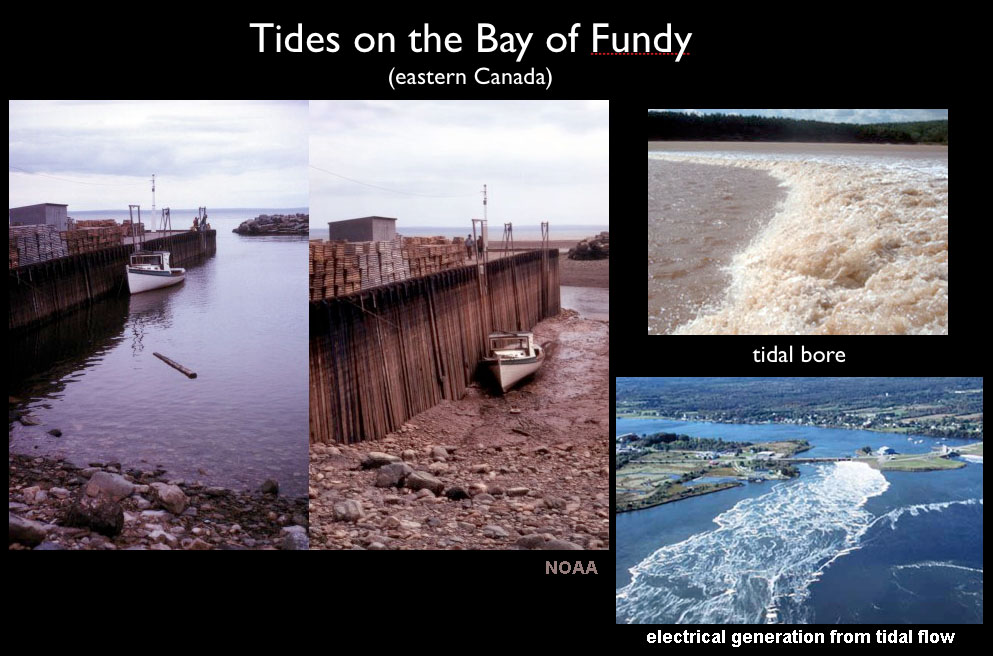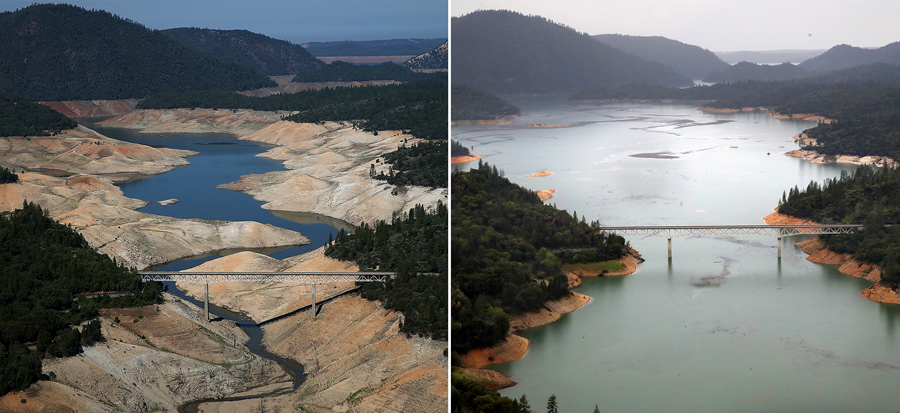RIVERS OF THE IBERIAN PENINSULA
Rivers have features such as the course, the flow or the flow regime. At the mouth, the river can form an estuary. This is where seawater from the sea flows into the river. A river can also form a delta. This is where materials carried by the river are deposited at the mouth.

The picture below shows the delta of the river Nile from above. We can clearly see the triangular shape.
Next video shows how water of the oceans erodes the land. Rivers also do, and those fragments carried by the water are the ones deposited at the delta.
The ground over which a river flows is called a riverbed. (The river in the next picture is dry, and the man stands on the riverbed).


The flow regime is the variation of a river throughout the year. The flow regime can be regular or irregular. Look at the images. They both show the same river in different seasons of the year.

What type of flow regime does this river have? It is irregular.
The relief affects the length and speed of a river, as you can clearly see in the pictures below.
 |
The climate is another factor which influences rivers. Look at the images:
 |  |
| Rivers in areas of high precipitation (rain, snow...) have an abundant flow and a regular regime. | Rivers which go through dry areas, with little precipitacion, have an irregular and small flow. |
Do you remember the difference between main rivers and tributaries? Those who flow directly into the sea are main rivers. Tributaries flow into other rivers.

Each main river and its tributaries flow over a low-lying plain called river basin.



 |  |  |
 |
| This is the largest glacial lake in Spain. |
 |  |
| Lake Gallocanta in a dry season | Lake Gallocanta in a wet season |
 |  |  |
 |  |
![]()

